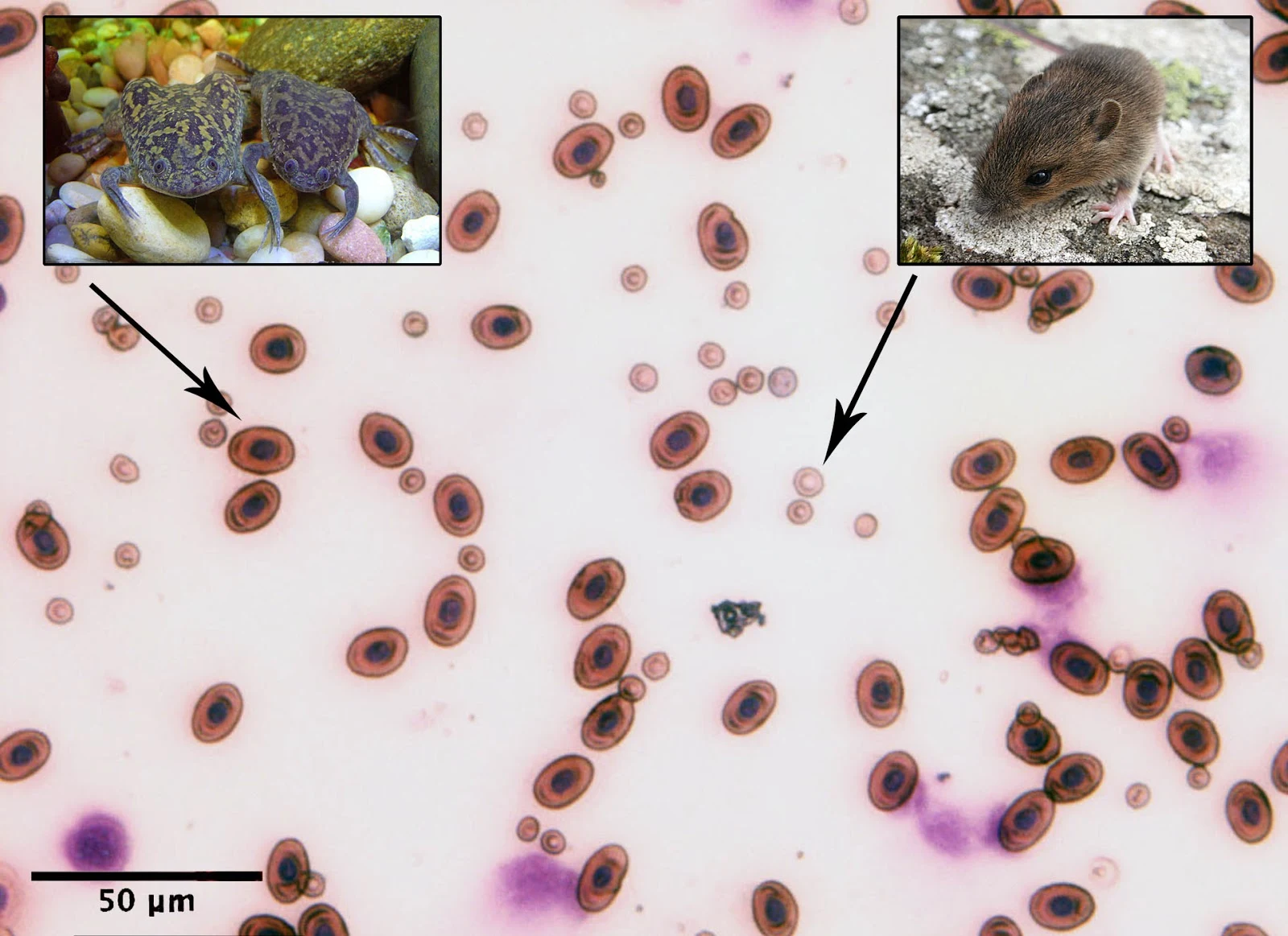 |
| The skeleton of a woman who died 800 years ago on the outskirts of the ancient city of Troy in modern Turkey Photo: Gebhard Bieg |
A 30 year-old woman who died 800 years ago in what was Troy has unwittingly left us a snapshot of evolving bacteria and a serious infection in humans as it was 800 years ago.
The bacteria were recovered from calcified nodules found just below the ribs of a skeleton of the woman who died during pregnancy and who showed skeletal evidence of a hard, agrarian existence which may have made her vulnerable to infection. The recovered genome of two species of bacteria are of such high quality that they can be used to compare changes in one of the bacteria, Staphylococcus saprophyticus, in the intervening 800 years. The other bacteria, Gardnerella vaginalis, showed little change.
Abstract
Pregnancy complications are poorly represented in the archeological record, despite their importance in contemporary and ancient societies. While excavating a Byzantine cemetery in Troy, we discovered calcified abscesses among a woman’s remains. Scanning electron microscopy of the tissue revealed ‘ghost cells’, resulting from dystrophic calcification, which preserved ancient maternal, fetal and bacterial DNA of a severe infection, likely chorioamnionitis. Gardnerella vaginalis and Staphylococcus saprophyticus dominated the abscesses.














































